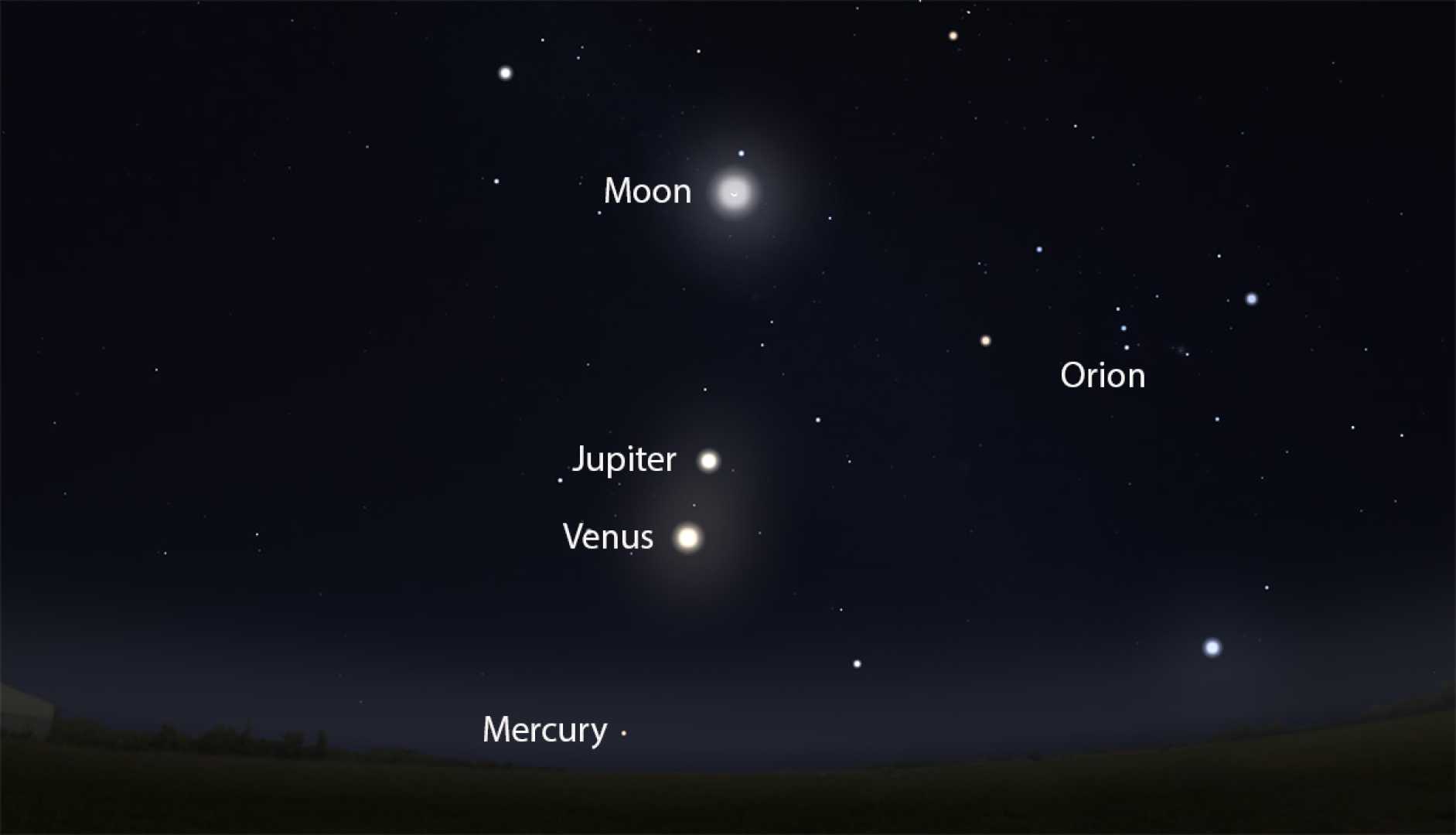News
Six Planets Aligned in Rare Stargazing Event This August

SEATTLE, Wash. — Starting August 10, skywatchers will be treated to a unique alignment of six planets in the night sky. These planets—Mercury, Venus, Jupiter, Saturn, Uranus, and Neptune—will form an arc visible in the eastern sky before sunrise.
This celestial event marks the beginning of a planetary parade, which will continue throughout August. While Mercury, Venus, Jupiter, and Saturn can be seen with the naked eye, Uranus and Neptune require binoculars or a telescope to observe.
The best viewing period is expected to be in the days leading up to August 23 when moonlight is minimal, enhancing visibility of the planets. As Mercury shifts lower in the horizon by the end of the month, it will become challenging to see, making this alignment a not-to-miss event until the next occurrence in February 2026.
According to astronomers, the six planets will rise in a specific order. Neptune and Saturn will emerge in the southwest, followed by Uranus in the southeast. Venus and Jupiter will be visible over eastern skies, with Mercury just above the horizon.
If you are in the northern hemisphere, expect Neptune and Saturn to appear first in the evening, generally between 8:30 and 10 p.m. local time. They will remain together until midmorning. In contrast, observers in the southern hemisphere will need to look north to see these planets.
Saturn, known for its bright rings, can be easily spotted with the naked eye. Viewing through binoculars or a telescope reveals its largest moon, Titan. Neptune, however, poses a challenge as a fainter planet, requiring more advanced equipment to spot.
Uranus will become visible later in the night, rising between 11:45 p.m. and 12:45 a.m. local time. Though the moon will initially brighten the sky on August 10, the conditions will improve closer to New Moon on August 23.
As August progresses, Jupiter and Venus will rise before dawn, coming close to conjunction around August 11-12. Both are among the brightest objects in the night sky. While the Perseid meteor shower peaks around mid-August, the presence of moonlight may diminish visibility of meteors this year.
For those looking to catch the elusive Mercury, the best visibility will be from August 18 to 23, just after it rises. However, safety precautions are crucial—do not use binoculars or telescopes when viewing Mercury to avoid damaging your eyes.
Skywatching this month offers an exciting opportunity to experience a rare cosmic display, with ideal conditions throughout much of August for astronomers and casual stargazers alike.












